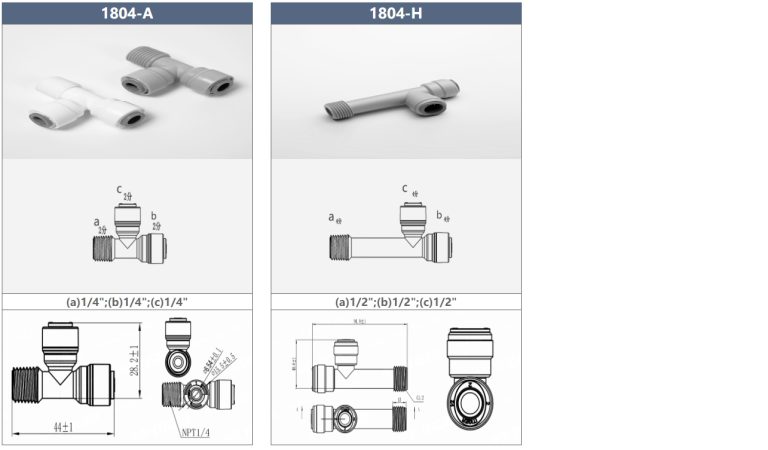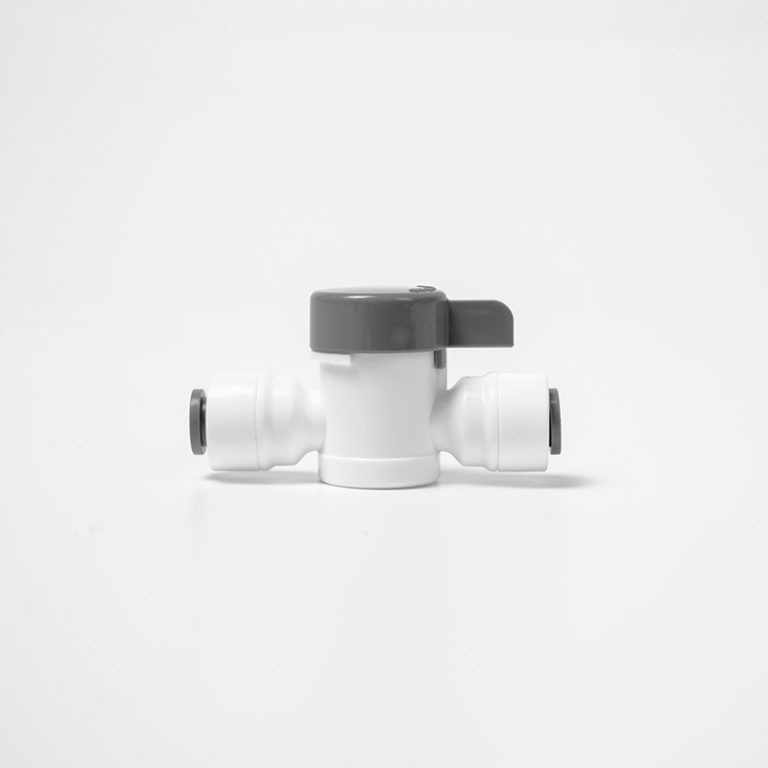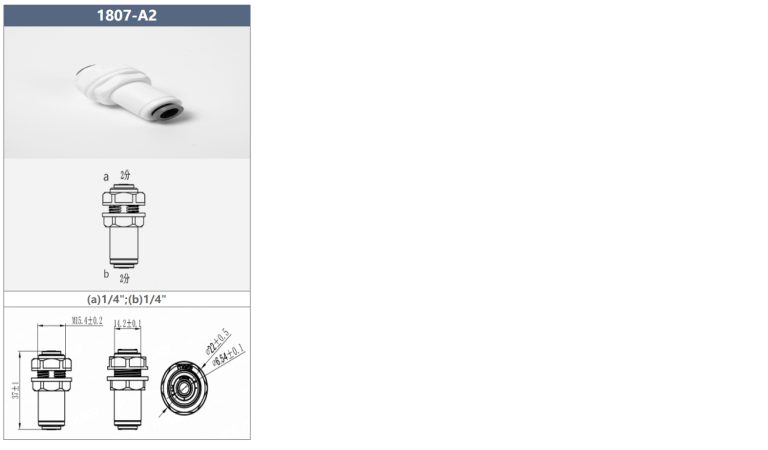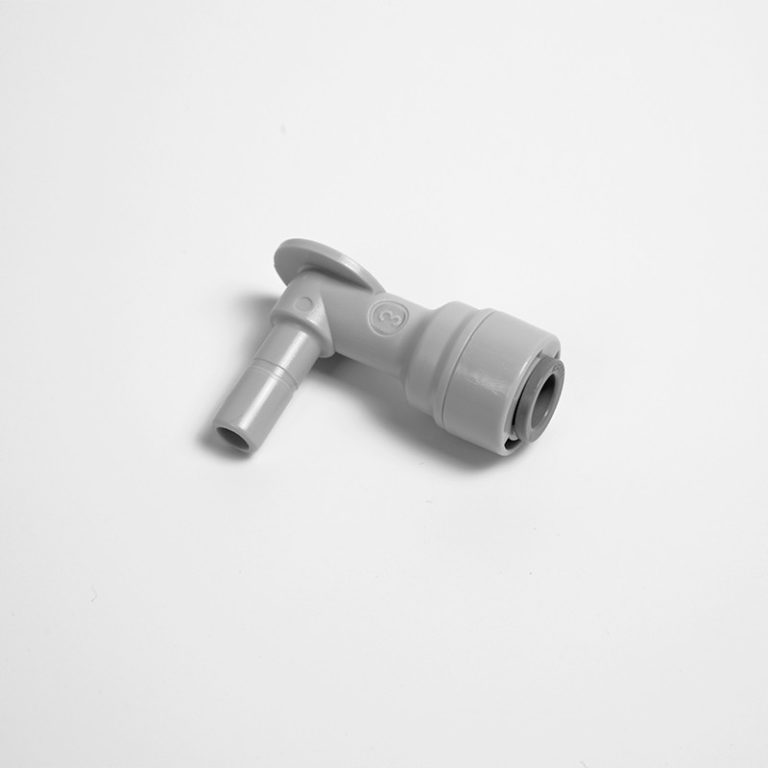Table of Contents
Proper Tightening Techniques for Plastic Pipe Fittings
Proper Tightening Techniques for Plastic Pipe Fittings
When it comes to working with plastic pipe fittings, one of the most important aspects to consider is how tight they should be. Proper tightening ensures a secure connection that will prevent leaks and other issues down the line. However, over-tightening can also cause damage to the fitting or the pipe itself. So, how tight should plastic pipe fittings be?
First and foremost, it is essential to understand the type of plastic pipe fittings you are working with. Different materials, such as PVC, CPVC, or PEX, have varying levels of flexibility and strength. This will impact how much force can be applied during the tightening process.
One common mistake that people make when tightening plastic pipe fittings is using too much force. While it may seem like a tighter connection is better, over-tightening can actually weaken the fitting and cause it to crack or break. It is important to follow the manufacturer’s guidelines for the specific type of fitting you are using.
Another factor to consider is the type of sealant or lubricant being used on the threads of the fitting. Some sealants can act as a lubricant, making it easier to tighten the fitting. However, if too much sealant is applied, it can create excess pressure when the fitting is tightened, leading to potential damage.
When tightening plastic pipe fittings, it is important to use the proper tools for the job. A wrench or pliers that are specifically designed for plastic fittings will help ensure that the correct amount of force is applied without causing damage. It is also important to avoid using excessive force when tightening the fitting, as this can lead to stripped threads or other issues.
One technique that can help ensure a proper connection is to hand-tighten the fitting first before using a tool to finish the job. This will allow you to feel how much resistance is being applied and prevent over-tightening. Once the fitting is hand-tightened, use a wrench or pliers to give it a final turn to secure the connection.
| Model | Tube(a) | Stem(b) |
|---|---|---|
| 1801-A | 1/4 | 1/4 |
| 1801-C | 1/4 | 3/12 |
It is also important to check for leaks after tightening the fitting. Turn on the water or gas supply and inspect the connection for any signs of leakage. If a leak is detected, it may be necessary to re-tighten the fitting or apply additional sealant to create a proper seal.

In conclusion, proper tightening techniques for plastic pipe fittings are essential to ensure a secure and leak-free connection. It is important to use the correct amount of force, follow manufacturer guidelines, and use the proper tools for the job. By taking these steps, you can ensure that your plastic pipe fittings are properly tightened and will provide reliable performance for years to come.
Importance of Correct Tightness in Plastic Pipe Fittings
Plastic pipe fittings are essential components in plumbing systems, providing a secure and leak-proof connection between pipes. One common question that arises when working with plastic pipe fittings is how tight they should be. The correct tightness of plastic pipe fittings is crucial to ensure a reliable and long-lasting connection.
When it comes to tightening plastic pipe fittings, it is important to strike a balance between too loose and too tight. If the fittings are too loose, they may leak, leading to water damage and potential mold growth. On the other hand, if the fittings are overtightened, it can cause stress on the pipes, leading to cracks or damage to the fittings themselves.
To determine the correct tightness of plastic pipe fittings, it is essential to follow the manufacturer’s recommendations. Each type of fitting may have specific torque requirements that need to be adhered to in order to ensure a proper seal. Over-tightening can also cause the fitting to deform, compromising its integrity and potentially leading to leaks.
One way to ensure the correct tightness of plastic pipe fittings is to use a torque wrench. A torque wrench allows you to apply a specific amount of force to the fitting, ensuring that it is tightened to the manufacturer’s specifications. This can help prevent over-tightening and ensure a secure connection.
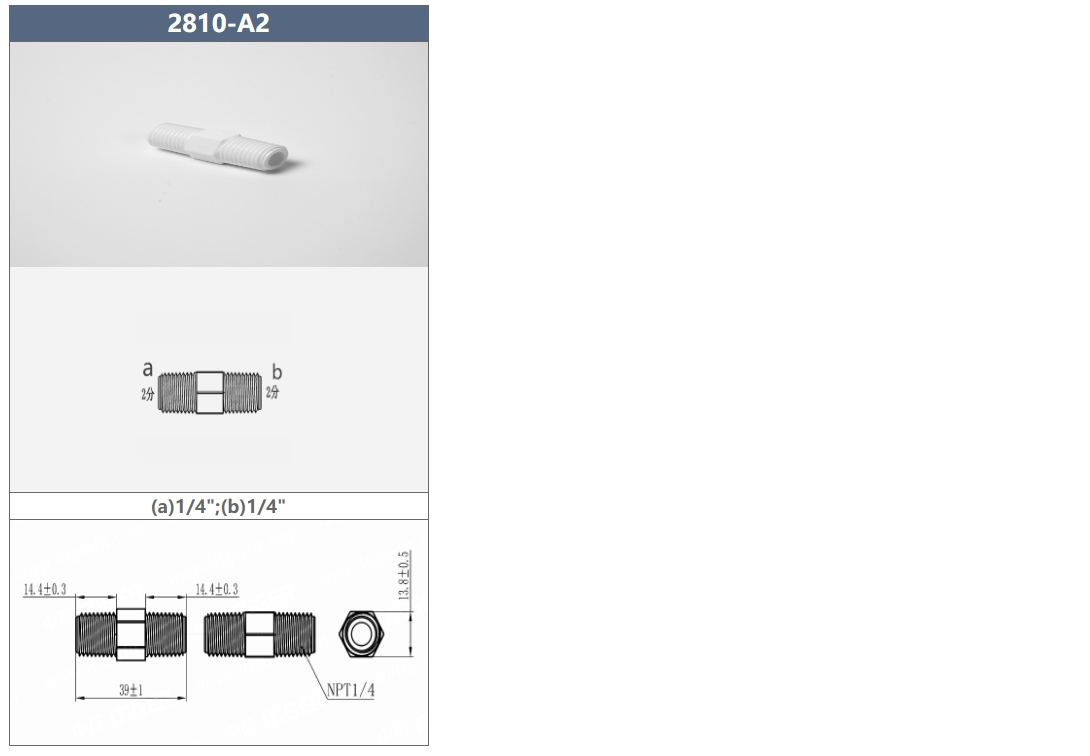
Another important factor to consider when tightening plastic pipe fittings is the type of pipe material being used. Different types of plastic pipes have varying levels of flexibility and strength, which can affect how much force can be safely applied to the fittings. It is important to take these factors into account when tightening fittings to avoid damaging the pipes or fittings.
In addition to following the manufacturer’s recommendations and using a torque wrench, it is also important to visually inspect the fittings after they have been tightened. Look for any signs of deformation or stress on the fittings, as this could indicate that they have been overtightened. If you notice any issues, it is important to loosen the fittings and re-tighten them to the correct torque specifications.
Overall, the correct tightness of plastic pipe fittings is essential to ensure a reliable and leak-proof connection. By following the manufacturer’s recommendations, using a torque wrench, and visually inspecting the fittings, you can help prevent leaks and ensure the longevity of your plumbing system. Remember, it is better to err on the side of caution and tighten fittings to the correct torque specifications rather than risk over-tightening and causing damage.
| Model | Tube(a) | Stem(b) |
|---|---|---|
| 1801-A | 1/4 | 1/4 |
| 1801-C | 1/4 | 3/38 |

